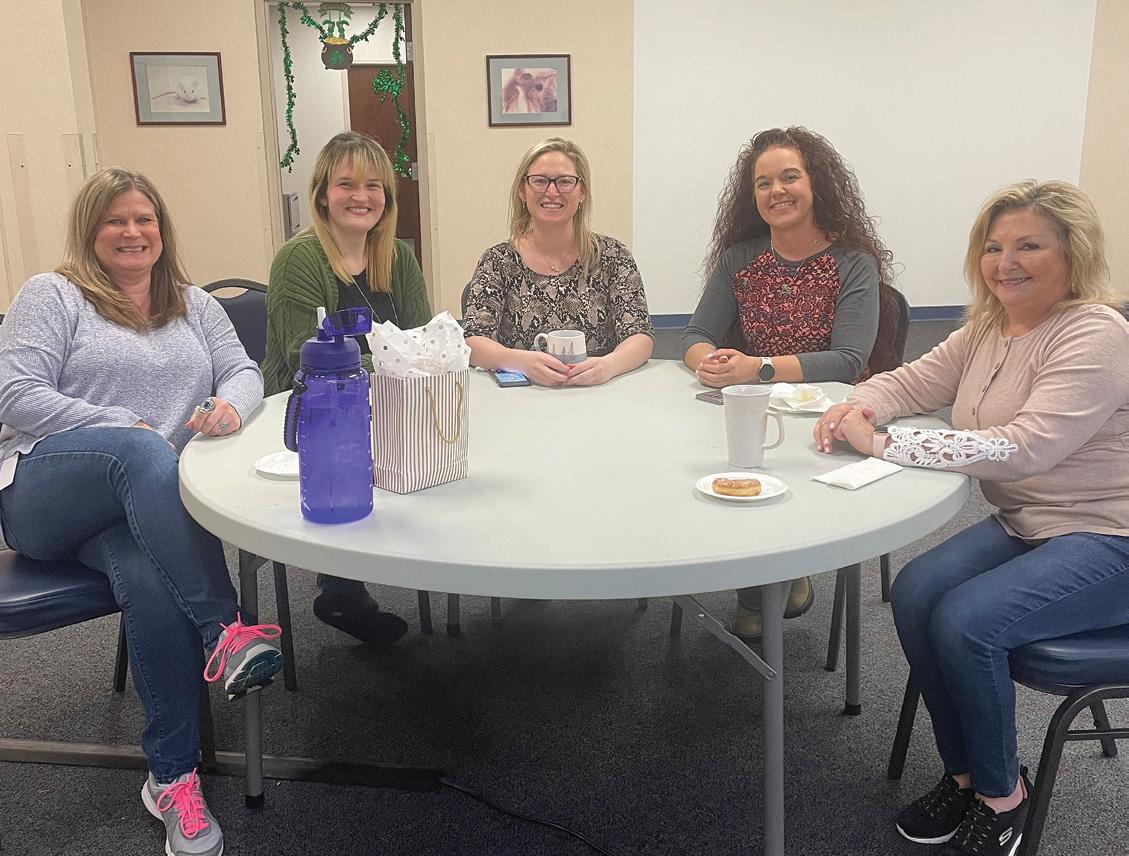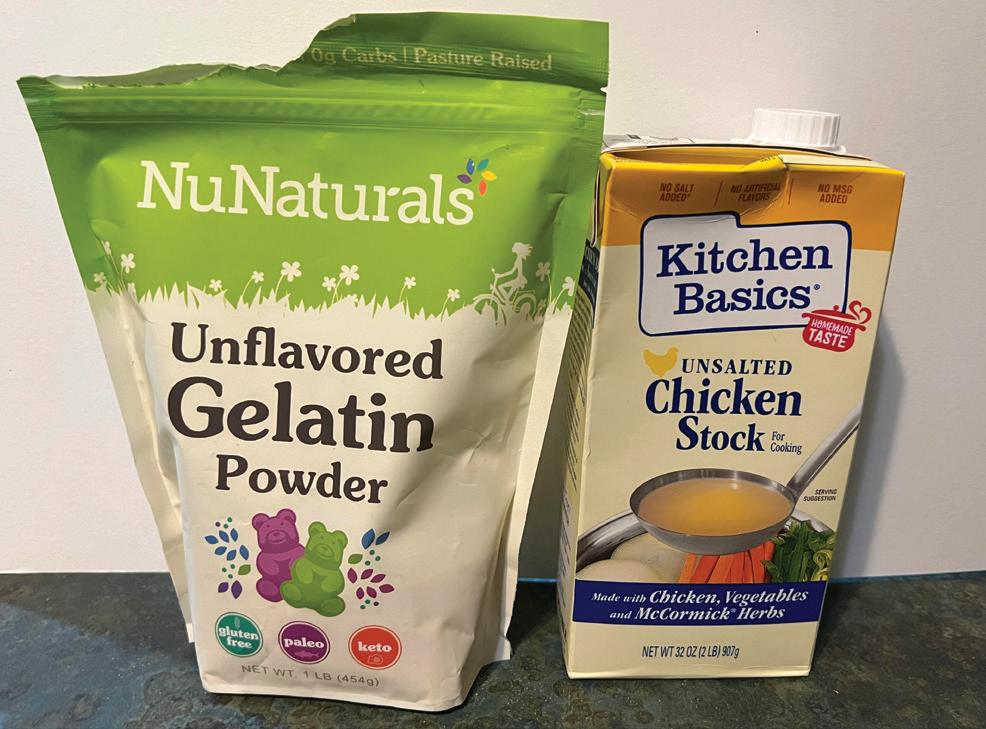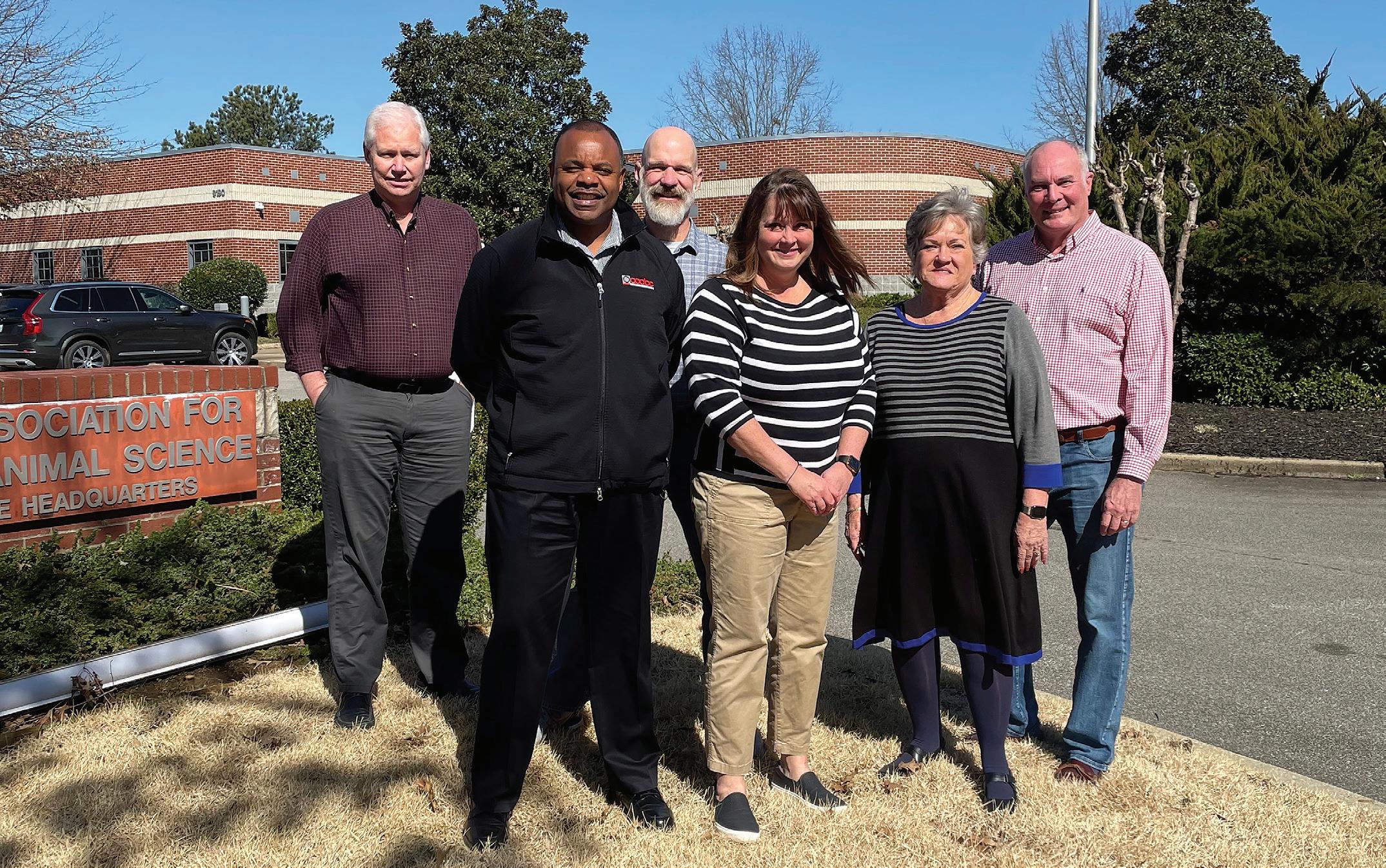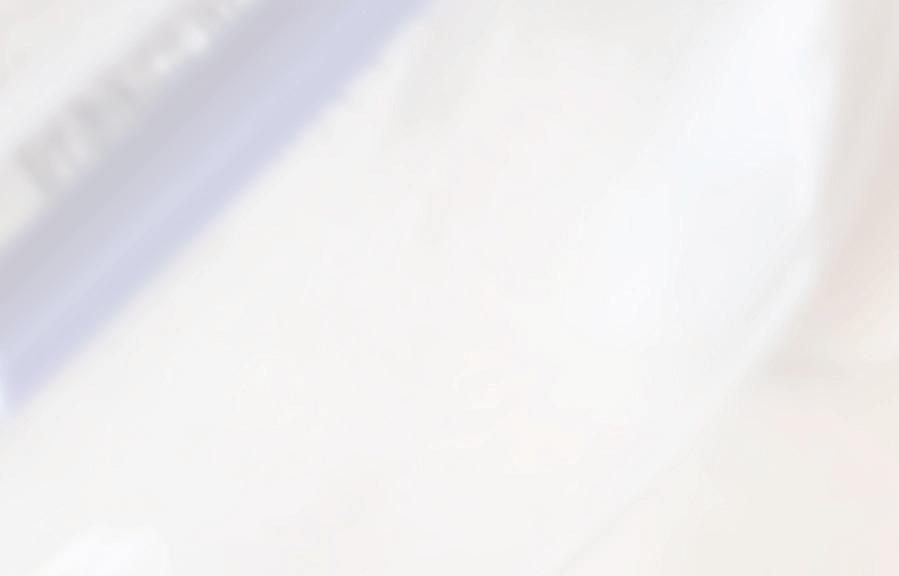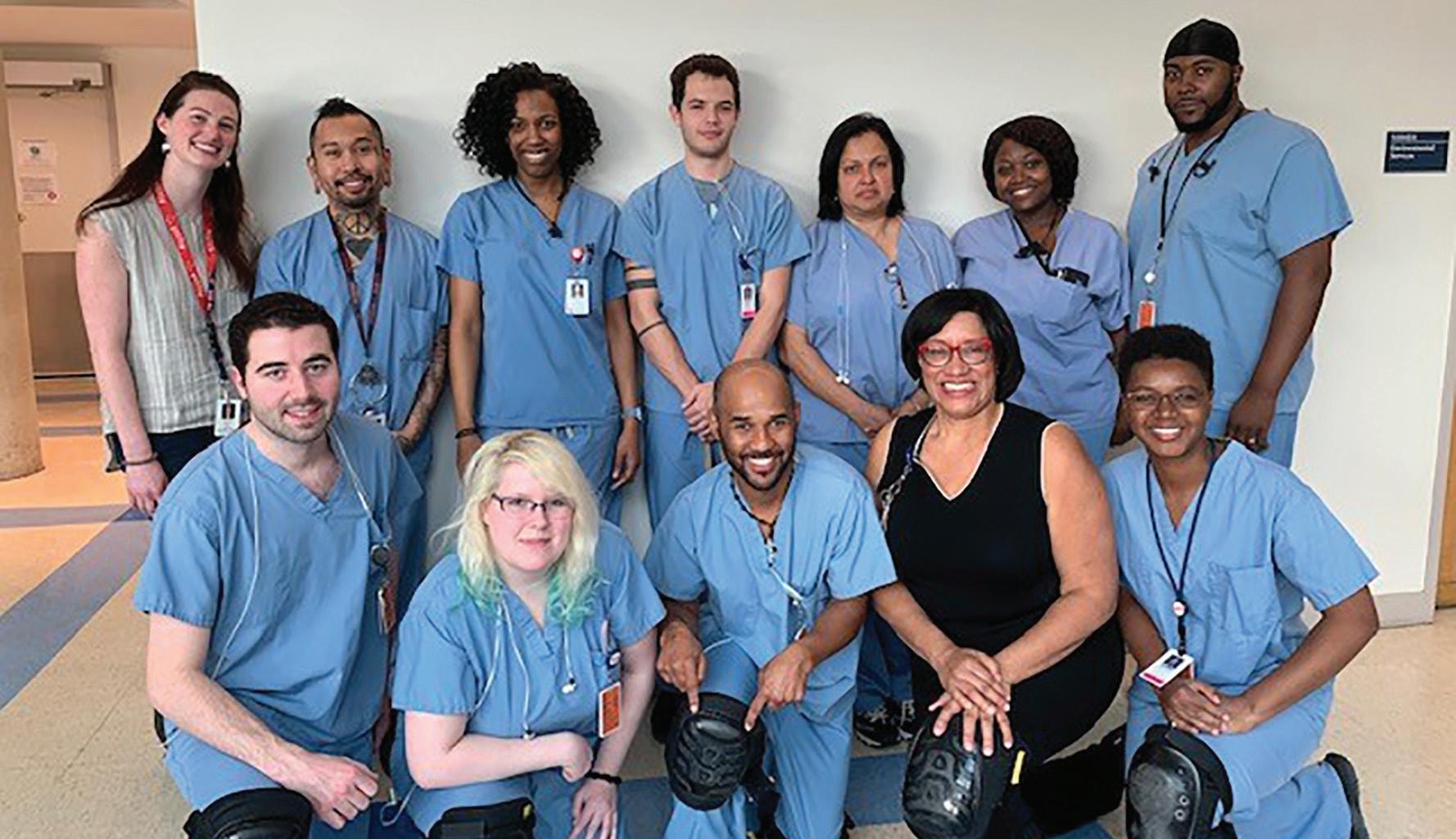
9 minute read
Inside the IACUC
by aalasoffice
Welcome to our first collaborative article for Inside the IACUC! As we planned for this article, we thought that now, at just over two years into the COVID-19 pandemic, would be an excellent time to check in with IACUC offices to ask how processes that became virtual, virtually overnight, were working and if they were considered sustainable. This article continues the legacy of this column for documenting the shared experiences of IACUC management during this challenging time.
To achieve our goal, we distributed four questions to several colleagues across private and public academic institutions to gather qualitative comments on specific IACUC activities that switched to remote formats and how staffing adjusted to the public health crisis. Complete candor was facilitated by anonymizing and collating the responses into a narrative intended to share ideas for IACUC administrators, veterinarians, IACUC members, and regulators alike as we move into post-pandemic work with changed workforces and institutional policies.
We hope that others will continue to document how IACUCs successfully coped, flexed, and carried on in the midst of a public health crisis. Indeed, the future of animal research support depends on it.
Stacy Pritt, DVM, MS, MBA, CPIA, CHRC, DACAW, is the Associate Vice President of Research Support & Regulatory Management at UT Southwestern Medical Center in Dallas, TX.
F. Claire Hankenson, DVM, MS, DACLAM, is the Assistant Vice Provost for Research and Attending Veterinarian and Executive Director, University Laboratory Animal Resources, at the University of Pennsylvania in Philadelphia, PA.
To stay virtual or not to stay virtual? That is the question.
By F. Claire Hankenson and Stacy Pritt
Over the course of the COVID pandemic, since early 2020, the regulatory agencies that assist in the oversight of animal care programs worked to adjust expectations for in-person semi-annual inspections and convened meetings by Institutional Animal Care and Use Committees (IACUC). As worksites requested many employees to remain at home to socially isolate, teams of animal care personnel and research support staffers remained ‘essential’ and were expected to continue their schedules to care for animals as needed. At the height of the public health crisis, limited groups, often just veterinary, operations and post-approval monitoring staff, conducted facility and laboratory visits and reported back to the IACUCs during virtual convened meetings.
With the advent of vaccines and the requirement to be vaccinated against SARS-CoV-2 in many academic, medical, and pharmaceutical sites, individuals returned to work in person and in hybrid arrangements in Fall 2021. For the animal care and regulatory groups in animal programs, this did not represent a change to modus operandi; however, many IACUC members (scientists, non-scientists, community, and public representatives) have recently been asked to resume in-person inspections to fulfill the legal obligations of program oversight.
Both the Office of Laboratory Animal Welfare (OLAW) and the U.S. Department of Agriculture (USDA) released guidance about how to conduct inspections during the pandemic; some of their suggestions may be of value to retain as hybrid approaches (virtual and in-person) to inspections that alleviate excess labor, time invested, and burden on employees engaged in these committees and activities, while still ensuring that animal areas are assessed and aligned as needed to meet local, state and national standards.
We informally polled several institutional representatives with expertise in IACUC administration to solicit feedback for the AALAS and IACUC communities regarding acclimation to the virtual world of inspections and IACUC business. Responses are anonymized, collated, and summarized below:
Virtual Semi-Annual Facility Inspections
Advantages Conducting inspections virtually because of the pandemic was a new process for many researchers and the majority of IACUC staff, members, and animal care teams across the U.S. Institutions took cues from their peers on how to adapt to this ‘online’ process and continue to meet regulatory expectations. Zoom sessions or ‘Face-time’ methods over the phone became popular mechanisms for evaluating off-site locations that were geographically remote from central institutions/ campus/work sites.
Several benefits were identified for virtual inspections, including the improved intent and focus of facility inspections. Whether the planned inspection group was large or small, virtual inspections allowed as many members as were interested to be present while limiting extraneous interruptions. IACUC administrators guided the virtual approach to focus on animal-welfare driven, compliance-supported items without excess distractions from convening a large group to walk through various areas (the reported distractions included donning and doffing personal protective equipment and asking repetitive and potentially redundant questions of facility staff). Overall, our colleagues felt that the time invested in virtual inspections was spent efficiently with decreased efforts toward expended resources, travel, and scheduling efforts.
Members and research teams seemed more attentive to animal-based discussions about ongoing research work and results. Virtual tours were inherently more inclusive by allowing all members to ‘participate’ by seeing areas on-screen that perhaps they might not have otherwise been able to tour in person prior to the pandemic. In some ways, as these virtual platforms and inspections became the ‘norm,’ conversations and ‘chats’ became more robust than what was experienced during in-person visits. Convenience is now a buzzword for virtual semi-annual programs, with improved member attendance as an added bonus.
Disadvantages While effective, the ability to observe the full range of possible animal handling, housing, and procedure areas is challenging to capture by video and interactions with animal care personnel are more disjointed than they typically are when face-to-face. Observing individual animals, with the videographer having to repeatedly change the angle of the camera/phone/device, often wrapped in a protective covering to maintain biosecurity, can be cumbersome when compared to in-person inspections. Some of our colleagues noted that in some circumstances, virtual tours resulted in fewer ‘eyes’ on the program than would have been present for prior in-person tours, depending on program size and complexity.
Certain items previously identified by on-site inspectors may not be witnessed during a virtual inspection. Perception of potentially limited virtual inspections as compared to thorough and robust in-person reviews was noted as a concern. Some animal facilities were ill-equipped with reliable internet connections or WiFi boosters, leading to technological disparities during inspections that resulted in time-consuming delays and inconsistent views of facilities. Some institutions attempted virtual inspections only once during the pandemic, citing them as too awkward to continue, before returning to in-person inspections while maintaining social-distancing and institutional personnel safety recommendations.
Staffing the IACUC Administration Office during the Pandemic
Maintaining a productive and successful IACUC program requires a skilled administrative team and strong institutional support. Many administrators and IACUC staff members assumed a greater workload during the pandemic, determining how to be nimble and responsive when working remotely while supporting emerging research endeavors, resulting in increased numbers of protocol and amendment submissions as research efforts adjusted to pandemic constraints. Training others in IACUC administrative processes while remote can also be a challenge, given the specifics of understanding this unique field of work.
In many areas, one of the greatest difficulties was the ever-changing communications and directives for the on-site conduct of research often undertaken to mitigate the next viral wave, all of which were dependent on the type of institution, its location, culture, and granular expectations at individual worksites. With researchers working from home, virtual training (whether in animal procedures or for facility orientations) was deemed a poor substitute for in-person hands-on training.
For institutions with staff-retention issues within the IACUC office, working with institutional talent management departments (most of whom were also remote) to post, manage and interview for open positions was sub-optimal and disconnected (often because talent management teams were also understaffed) compared to in-person recruitment activities. The past two years revealed that IACUC offices should consider a scheduled review of their own practices and procedures to implement flexibility for unplanned staffing departures.
Virtual IACUC Meetings – Are they Here to Stay?
Not surprisingly, given the ease of technology and the virtual platforms that allow members to attend remote committee meetings from anywhere in the world, virtual IACUC meetings have been very successful. Across the board, committee members remain engaged, and participation reaches close to perfect attendance. Committee members and IACUC administrators feel the virtual platform creates a more efficient use of members’ time due to the removal of commuting hardships, alleviated complications
of scheduling conflicts and heightened ease of access to meetings from the comfort of members’ homes. Some administrators remarked that members may log in early to the meeting to have time to visit and chat before business gets underway. Some feedback indicated that reviewers and members are better prepared to discuss protocols and agenda items than in pre-pandemic times.
One big downside to virtual meetings is the inability to share a meal with colleagues, members of the community, and scientists who are all focused on supporting important animal research. Even though strong relationships can be built over meals, virtual meetings can reduce the burden on the IACUC office staff that typically coordinated these food orders and set-up of the concessions before the meeting start time. Some institutions are moving to hybrid options for both in-person and remote attendance. Business has continued to function well within virtual meetings; attendance and participation have been reported to be higher, with a greater number of members present at meetings than prior to 2020. The downside might be that members are more passive in their roles and keep camera screens ‘blank’; further, not having to solicit an audible vote has led to decreased discussion and discourse during the meetings themselves. One of the great benefits of IACUC deliberations is the sharing of multiple perspectives on ethical and regulatory issues; if this conversation is diminished, it may be a significant drawback to the continuation of virtual IACUC meetings.
Conclusion
The pandemic has significantly impacted IACUC administrative office and committee operations, but it will be exciting to see which components will remain virtual as we emerge from the pandemic and face the future of regulatory oversight. Compliance can be achieved through a myriad of methods, with training and guidance support provided consistently and with longevity. Lessons learned from the switch to virtual interactions during the pandemic may permit the reallocation of institutional resources (like funds used for travel, parking, and food at meetings) to program-wide improvements in training, education, regulatory support, and improved communications. IACUC teams are encouraged to embrace the benefits of virtual versus in-person activities to identify creative ways to maintain animal program quality and standards.
Acknowledgments: We are greatly appreciative to the following individuals for their helpful contributions to this column: Madeline L Budda, DVM, MS, DACLAM (Director, Office of Animal Welfare Assurance at University of Oklahoma Health Sciences Center); Troy Hallman, MS, VMD, DACLAM (Director, Office of Animal Research Support at Yale University); Jo Ann Henry, LATG, CPIA (Assistant Director, Division of IACUC and IBC Administration at NYU Langone Health); Natalie L. Mays, BA, LATG, CPIA (Director, Division of IACUC and IBC Administration at NYU Langone Health); Gregory R. Reinhard, MBA, DVM, DACLAM (Director of Animal Welfare at University of Pennsylvania); Sandy Wilkins LVT, CPIA, LATg (IACUC Administrator at Michigan State University).

